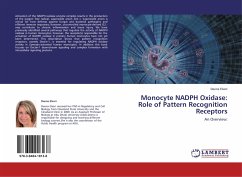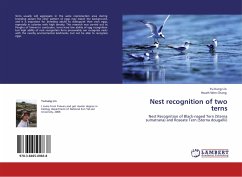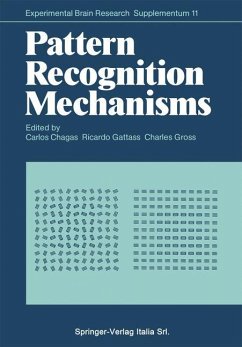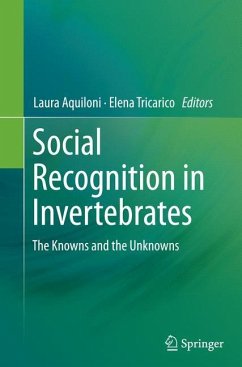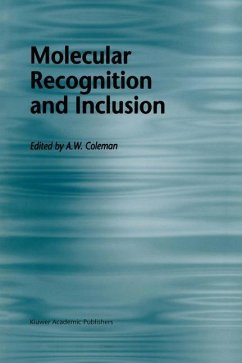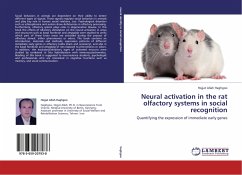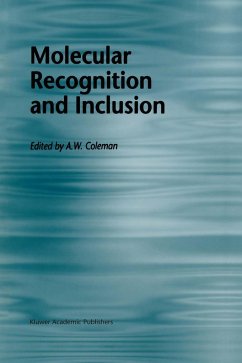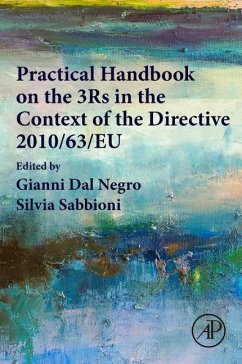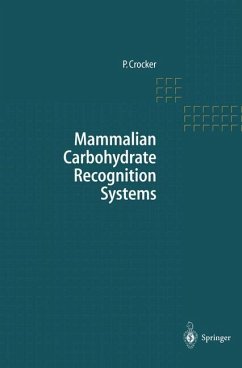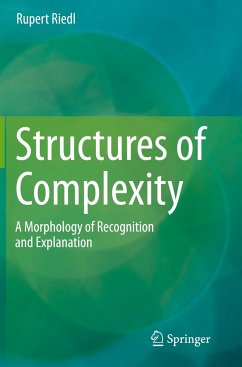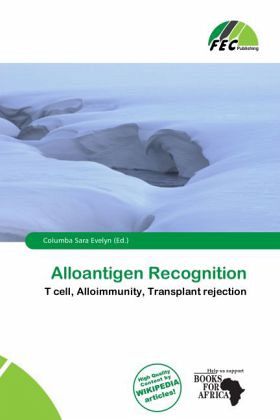
Alloantigen Recognition
T cell, Alloimmunity, Transplant rejection
Herausgegeben: Evelyn, Columba Sara
Versandkostenfrei!
Versandfertig in 6-10 Tagen
23,99 €
inkl. MwSt.

PAYBACK Punkte
12 °P sammeln!
Please note that the content of this book primarily consists of articles available from Wikipedia or other free sources online. Direct and indirect alloantigen recognition are two mechanisms by which T cells may recognize alloantigens and lead to transplant rejection after an organ transplant.Donor tissue macrophages migrate to lymph nodes, stimulate a measurable percentage of recipient T cells. The host T cells in the lymph node recognize either the allograft HLA or an associated bound peptide.In this case, alloreactive T cells are stimulated by donor APCs which express both the allogeneic MH...
Please note that the content of this book primarily consists of articles available from Wikipedia or other free sources online. Direct and indirect alloantigen recognition are two mechanisms by which T cells may recognize alloantigens and lead to transplant rejection after an organ transplant.Donor tissue macrophages migrate to lymph nodes, stimulate a measurable percentage of recipient T cells. The host T cells in the lymph node recognize either the allograft HLA or an associated bound peptide.In this case, alloreactive T cells are stimulated by donor APCs which express both the allogeneic MHC and costimulatory activity.Host (organ-recipient) macrophages process proteins from the transplanted graft, and trigger a T cell response. Presentation may occur via MHC class I or MHC class II, although class II is usually involved.



